
The most frequently asked question I get during our classes here at The Chopping Block is “How long should I cook this?” The students are usually referring to timing for cooking a meat or vegetable. My response is usually “Time is an illusion!”
When it comes to timing, there are far too many variables to time something to perfection. The material and thickness of your pan, the heating source and level of heat, even the temperature of the product before you start cooking it all play a role in cooking time. Timing is great as a general practice and gives you a roundabout idea as to how long items may take. I mostly use my timer just so I don’t forget about something I may have in the oven. It is far easier and better to judge doneness based on touch, sight, smell, and the internal temperature of the item.
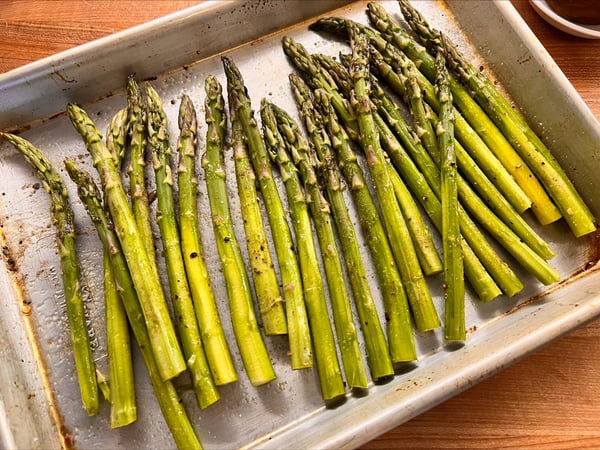 When it comes to cooking vegetables, the senses play a stronger role, whether it’s blanching, roasting, sautéing, or grilling, you want to look and feel for signs of doneness. Perfectly cooked veggies should be bright and vibrant in color and in most case “al dente” or retain a slight crispness or bite, not mushy or dull in color. In the case of roasting, sauté, or grilling, the veggies should develop some browning or even charring along with bright color and crisp texture. This browning in veggies as well as fruits is known as caramelization and is the browning of the natural sugars contained in the fruit or vegetable. Another great way to check doneness is to taste test during the cooking process and use your nose to smell when things may be close. These senses will develop more over time with practice.
When it comes to cooking vegetables, the senses play a stronger role, whether it’s blanching, roasting, sautéing, or grilling, you want to look and feel for signs of doneness. Perfectly cooked veggies should be bright and vibrant in color and in most case “al dente” or retain a slight crispness or bite, not mushy or dull in color. In the case of roasting, sauté, or grilling, the veggies should develop some browning or even charring along with bright color and crisp texture. This browning in veggies as well as fruits is known as caramelization and is the browning of the natural sugars contained in the fruit or vegetable. Another great way to check doneness is to taste test during the cooking process and use your nose to smell when things may be close. These senses will develop more over time with practice.
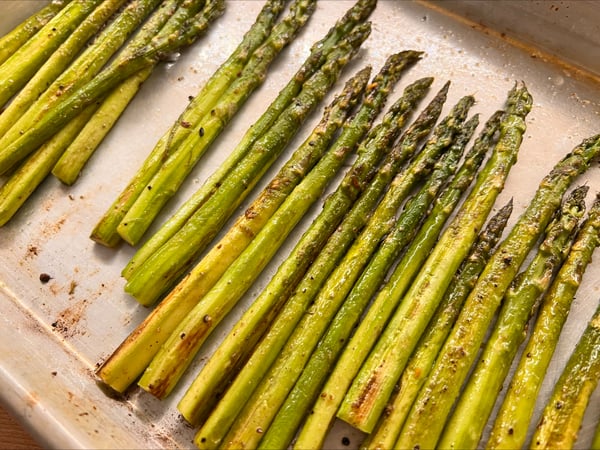 You would still utilize these sensory notes in the cooking of meats, however you are typically aiming for a specific doneness or temperature in things like meat, fish, and especially poultry. The absolute best way to check that your proteins are perfectly cooked is to use an instant-read digital thermometer. This tool, used correctly will give you a precise internal temperature so that you know when to pull and rest your meats. Ideally, you’d insert the probe of the thermometer about an inch into the side of the thickest area of the meat avoiding any bones. Pull the meat away from the cooking source once the desired internal temperature is achieved.
You would still utilize these sensory notes in the cooking of meats, however you are typically aiming for a specific doneness or temperature in things like meat, fish, and especially poultry. The absolute best way to check that your proteins are perfectly cooked is to use an instant-read digital thermometer. This tool, used correctly will give you a precise internal temperature so that you know when to pull and rest your meats. Ideally, you’d insert the probe of the thermometer about an inch into the side of the thickest area of the meat avoiding any bones. Pull the meat away from the cooking source once the desired internal temperature is achieved.
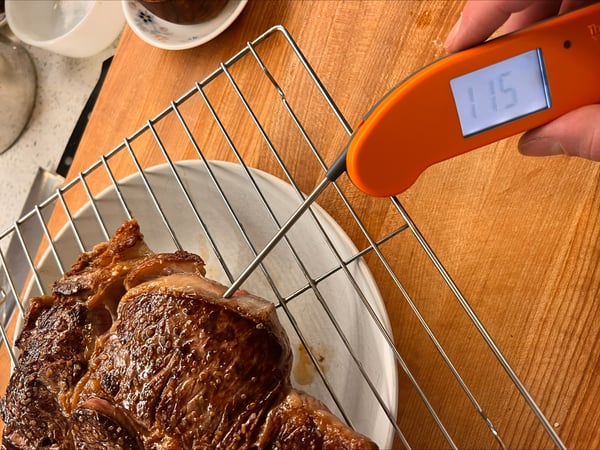 Watching for browning is still important and will equate to a fuller flavor in your food, in meats this color development is known as the Maillard reaction and is the browning of amino acids and proteins. It’s an important goal when grilling or sautéing any meat. Ideally, you want to stop the cooking process once you are about 5 degrees from the final desired internal temperature and allow your finished product to rest off heat for 5 to 10 minutes. Items will continue to cook during this resting period and should land in range of the final temperature also known as “carry over cooking”. This resting period is the best way to keep meats nice and juicy.
Watching for browning is still important and will equate to a fuller flavor in your food, in meats this color development is known as the Maillard reaction and is the browning of amino acids and proteins. It’s an important goal when grilling or sautéing any meat. Ideally, you want to stop the cooking process once you are about 5 degrees from the final desired internal temperature and allow your finished product to rest off heat for 5 to 10 minutes. Items will continue to cook during this resting period and should land in range of the final temperature also known as “carry over cooking”. This resting period is the best way to keep meats nice and juicy.
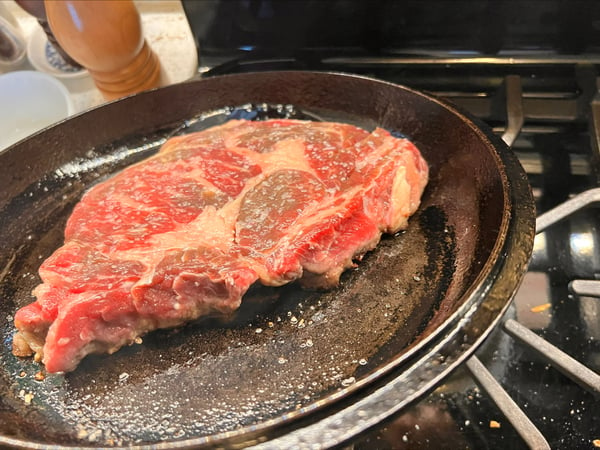
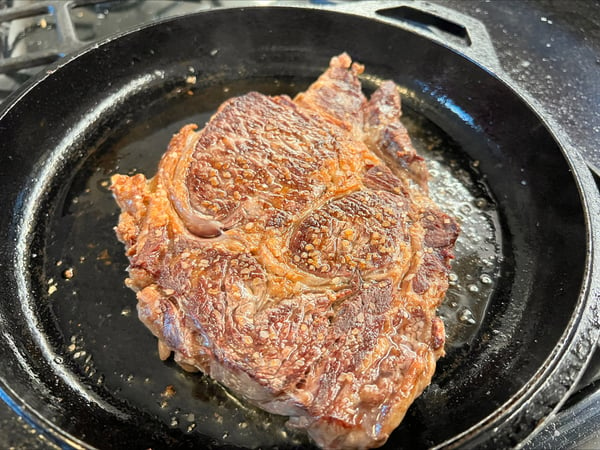
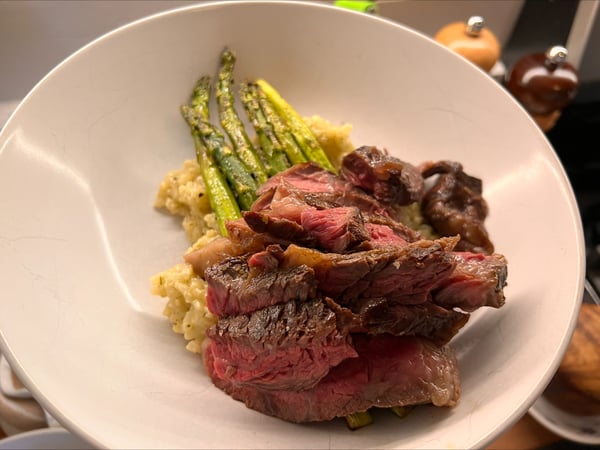 Your perception of doneness will grow over time, keep cooking and practicing! A great start would be to build a strong foundation of skills with the help of our Culinary Boot Camp program.
Your perception of doneness will grow over time, keep cooking and practicing! A great start would be to build a strong foundation of skills with the help of our Culinary Boot Camp program.

